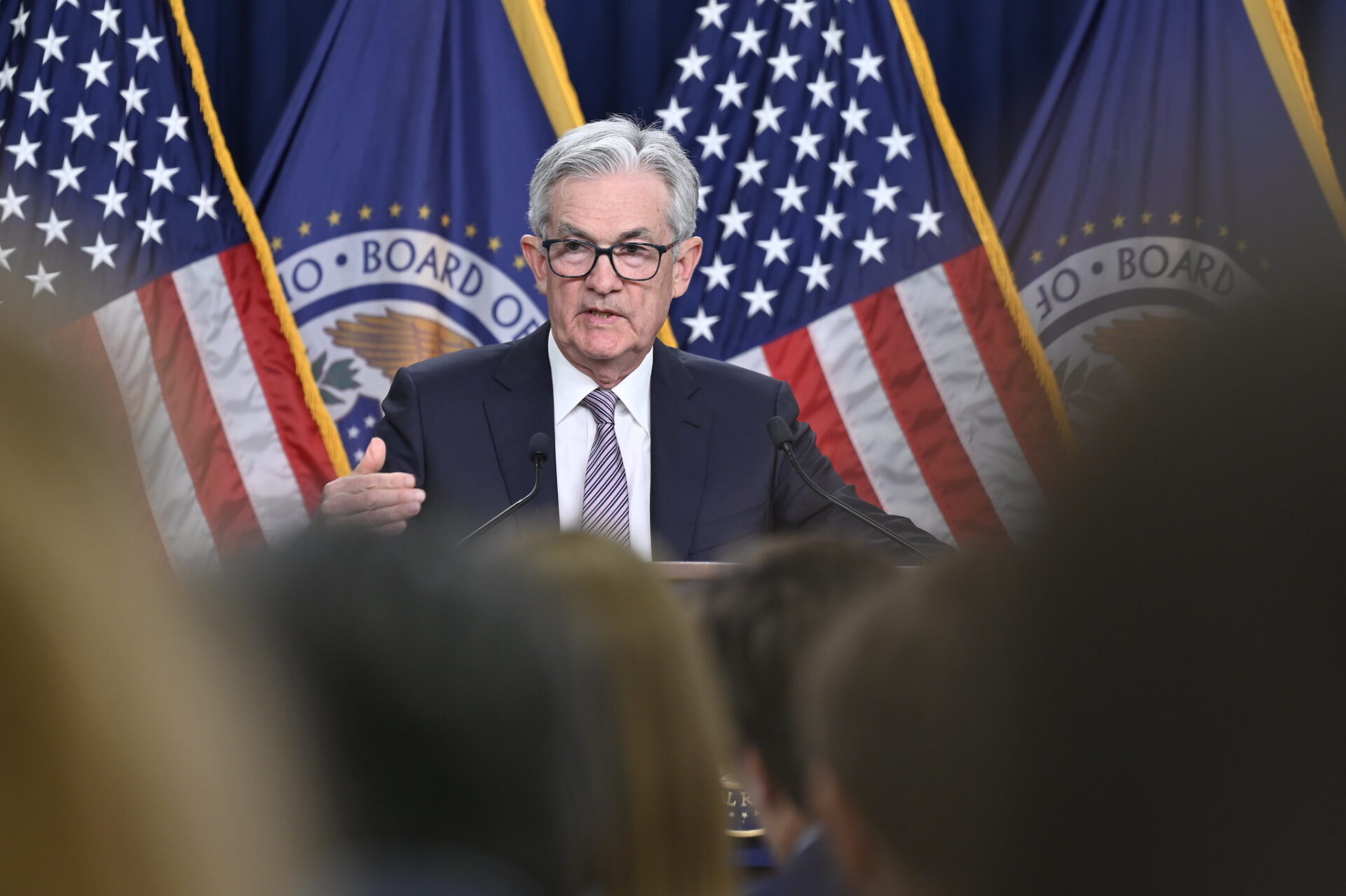By PATRICK LAVERY
Incremental but persistent increases in the Federal Open Market Committee’s policy interest rate have now officially entered a second year, with Federal Reserve Chair Jerome Powell announcing another quarter-percentage point hike on Wednesday.
The target rate is now 5.25%, up five full points since April 2022. Powell reiterated in his prepared remarks that the Fed’s objective is returning inflation to 2%, its historic target.
Unfortunately, Powell acknowledged, interest rates remain stubbornly high. Powell said that for the 12 months ending with this past March, total Personal Consumption Expenditures prices rose 4.2%, excluding food and energy prices which tend to be more volatile, while core PCE prices were up 4.6%.
“Inflation has moderated somewhat since the middle of last year. Nonetheless, inflation pressures continue to run high, and the process of getting inflation back down to 2% has a long way to go,” Powell said.
As he did following the last meeting in March, the chairman continued to characterize housing activity as weak, saying that it was likely a result of higher interest rates. But he added that there are signs that supply and demand in the labor market are “coming into better balance” and recommitted to the Fed’s responsibility of ensuring price stability.
For now, Powell predicted a continued tightening of credit on top of the higher-than-desired inflation, which he acknowledged affects those least able to afford essentials such as housing.
Powell said, “We are prepared to do more” if economic conditions worsen, but hinted at a wait-and-see attitude regarding whether the target rate will be raised again six weeks from now.
“Looking ahead, we will take a data-dependent approach in determining the extent to which additional policy firming may be appropriate,” he said, adding: “It will take some time, and in that world, if that forecast is broadly right, it would not be appropriate to cut rates and we won’t cut rates.”
Political voices are urging the Fed to show restraint on interest rate hikes, hoping for the elusive “soft landing” of bringing down inflation without the economy falling into recession. That is highly unlikely, says University of Maryland economist Peter J. Morici, and he urged Powell to stay the course.
“Lowering interest rates at the first sign of trouble indicates that you’re not willing to accept the fact that inflation has never been cracked without a recession,” Morici told NewsNation after the Fed meeting. “In the ’70s, the Fed would lower interest rates at the first sign of trouble, and that’s what gave us ten percent inflation.
“To think you’re going to have a soft landing is to think you’re going to land a Piper cub on a small tennis court. That only happens in the movies.”
Powell did say that the mild panic caused by the sudden collapses of Silicon Valley Bank and Signature Bank just before the March Fed meeting had subsided, and he reiterated his faith in the integrity of the United States banking system.
One other real estate-related item surfaced in Wednesday’s developments: The FOMC’s Implementation Note directed the Open Market Desk at the Federal Reserve Bank of New York to reinvest into mortgage-backed securities the amount of principal payments from Fed holdings of agency debt, and MBS received in each calendar month that exceeds $35 billion.
The FOMC will next meet on June 13 and 14.
